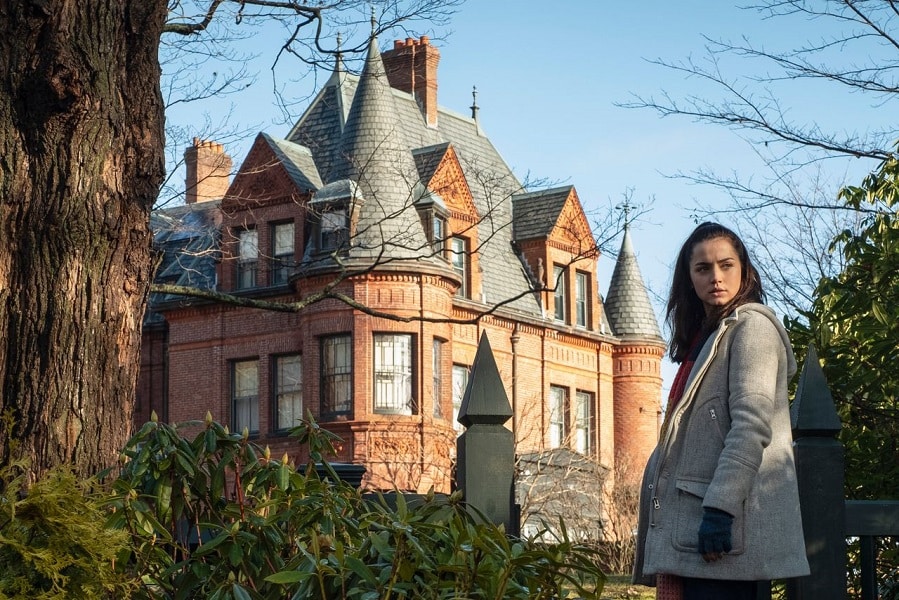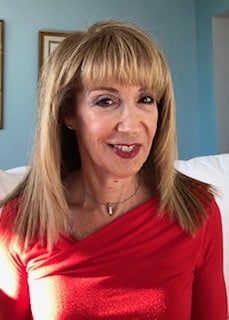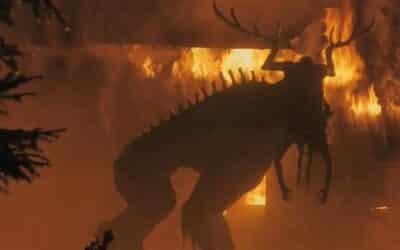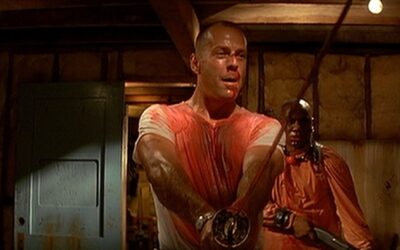
Feature
Psychological Suspense Settings
Debbie Babitt
—Read PART I—
Everyone has a breaking point…
Settings can reflect the best and, in psychological suspense, the worst in us. Against these backdrops, the human drama plays out in an endless cycle of compulsion and action, restraint, and violence as we are caught in the age-old struggle between love and hate and good and evil.
Beautiful. Tranquil. Safe. A paradise where friends, family, and guests gather for lazy summer afternoons sipping lemonade or dozing in the cooling shade of an elm tree. Until the peace is shattered. The violence shocks us—like seeing a drop of blood on a snow-white orchid. It’s all the more disturbing because the blood is such a blight on this serene setting. The dead body is out of place. The corpse doesn’t belong there.
Or does it?
The country house has long been a picture-perfect setting for mysteries where murder becomes an unwelcome guest. In Knives Out, an affectionate homage to Agatha Christie, three different estates were used to portray the Thrombey mansion, including a Gothic Revival mansion for its exterior. As the secrets of the house are revealed in a story filled with dark, sly humor, the elaborate ring of knives behind the hot seat where the suspects are questioned almost steals the show. The setting becomes a metaphor for the primal hate that lurks beneath the knife-honed façade of civility, reminding us that evil is timeless and violence can be unleashed in even the most exquisite and rarefied of settings.
In the films of Claude Chabrol, hailed as the French Hitchcock, this bucolic Eden becomes the ultimate symbol of bourgeois privilege… and creeping dread. Evil lurks in the lovely gardens, where the slow pan of the camera gradually reveals the broken and headless statuaries to let us know that all is not well here.
Parasite, an Academy Award winner of 2019, is an unsettling cultural riff on the traditional country house that uses two wildly contrasting settings to expose the unbridgeable chasm between the classes in South Korea. With its brilliant foreshadowing of (spoiler alert) the growing menace lurking in a cellar, the film doesn’t discriminate between beauty and squalor. The wealthy clan lives in a contemporary, glass-encased home with every amenity and view of sculptured gardens; the poor family resides in a cramped basement apartment with exposed light bulbs and view of people’s shoes walking by. At one point, their apartment is flooded and they find themselves up to their necks in sewer water. Repressed rage explodes in shocking, in-your-face violence that tragically illustrates the age-old battle between the haves and the have-nots.
In stark counterpoint are the tales set on the hauntingly beautiful English moors, where the savagery of mother nature is no match for the violence wreaked by nature at its most human. Or inhuman. With its gothic sensibilities and spine-chilling climax, the 1942 British film The Night Has Eyes, based on a novel by Alan Kennington and initially released in the US as Terror House, has become something of a cult classic. The story follows two teachers seeking shelter from a storm with a tormented composer (a young James Mason, Britain’s leading actor at the time) who lives in a secluded mansion on the Yorkshire moors where someone disappeared a year earlier. Fog and mist conceal dark motives; treacherous bogs of quicksand bury secrets forever; and the wind and sea conspire to create a setting of isolation and terror that exposes the murkiest corners of the human psyche, where loneliness, dread, guilt, and regret live.
Then there are the trains.
Where neither they—nor we—can get off.
In Strangers on a Train, Hitchcock’s classic adaptation of Patricia Highsmith’s novel, who can forget the fateful encounter between Guy Haines and Bruno Antony, the charming psychopath who suggests they “swap murders?” In The Girl on the Train, the recovering alcoholic heroine sees something shocking from her seat as the train chugs along to London. In both Strangers and Girl, whatever action comes after, it is the indelible first scene on the train that stays with us and sets the stage for the characters’ subsequent interior struggles.
Murder on the Orient Express is the quintessential train flick because all the action of Agatha Christie’s tour-de-force novel takes place on the legendary Orient Express as it wends its way from Istanbul to Paris. In a setting where physical movement is limited, you can’t commit murder and flee the scene (unless you want to risk your life jumping off a speeding train). But it’s ideal if (spoiler alert) the victim was offed by multiple killers because even if you happen to be seen, your appearance arouses little suspicion because you are who and where you’re supposed to be: a passenger on a train. In this case, the train becomes the repository for all the characters’ vengeful secrets and their desperation to cover up the murder and provide airtight alibis—the train and characters’ minds in constant motion as the story hurtles towards its full-throttle climax.
Wherever a story is set, it’s the human effect—the crimes that men and women commit in the name of love, hate, revenge, jealousy, obsession, and greed–that can drive us to push another person off a storm-tossed cliff, turn a scenic country garden into a hothouse of hate, or transform a luxury train into a blood-spattered crime scene.
About the Author
Debbie Babitt is the author of Saving Grace, her debut novel named by She Reads as One of the Most Anticipated Thrillers of 2021. She was Copy Director for two major Manhattan publishing companies and is the author of “Adventures in Copywriting” that appeared in Making the Perfect Pitch: How to Catch a Literary Agent’s Eye. Her articles have been published in the New York Law Journal and Mystery and Suspense Magazine. Debbie is a member of International Thriller Writers and Sisters in Crime. She and her husband, a criminal defense attorney, live in New York and Florida. You can visit her website www.debbiebabitt.com or connect with her on Facebook, Twitter, and Instagram. Debbie is currently at work on her next novel of psychological suspense.

More Psychological Suspense Features
The Dark Side of the Mind
The darkest corners of the mind are not just settings but essential characters
Underrated Horror
The Underrated Horrors Lurking in Cinema’s Shadows
Suspense Weapons
Unconventional Weapons in Suspense Fiction
Advertisement



